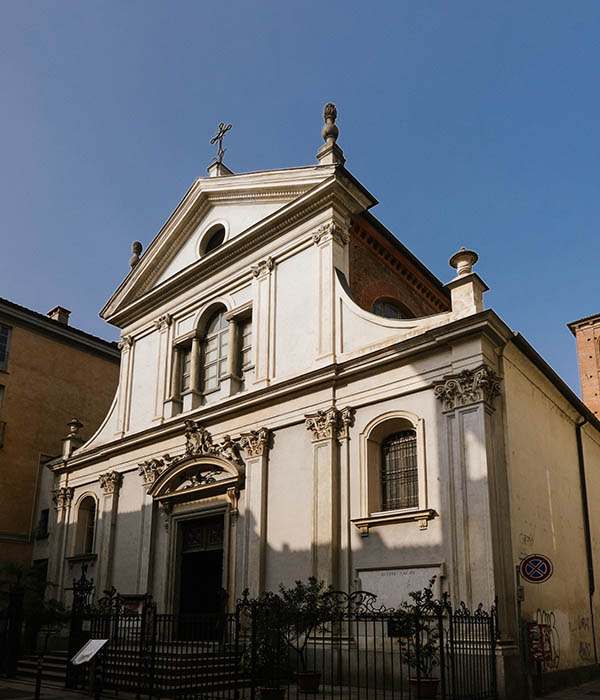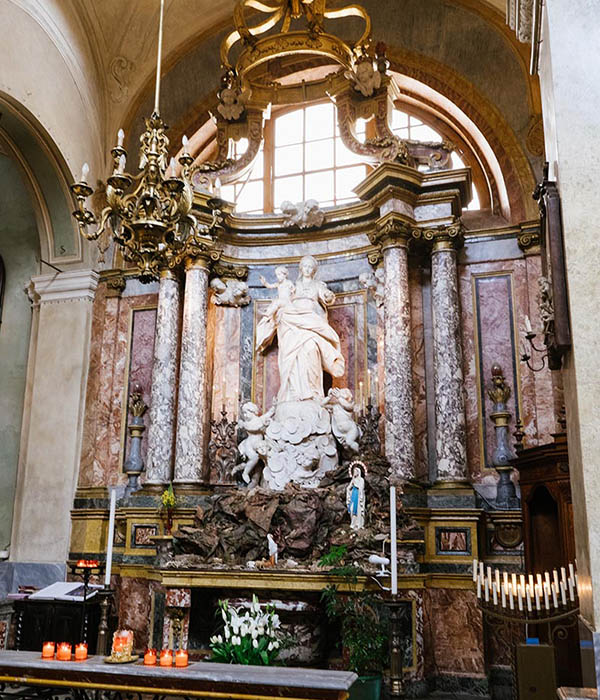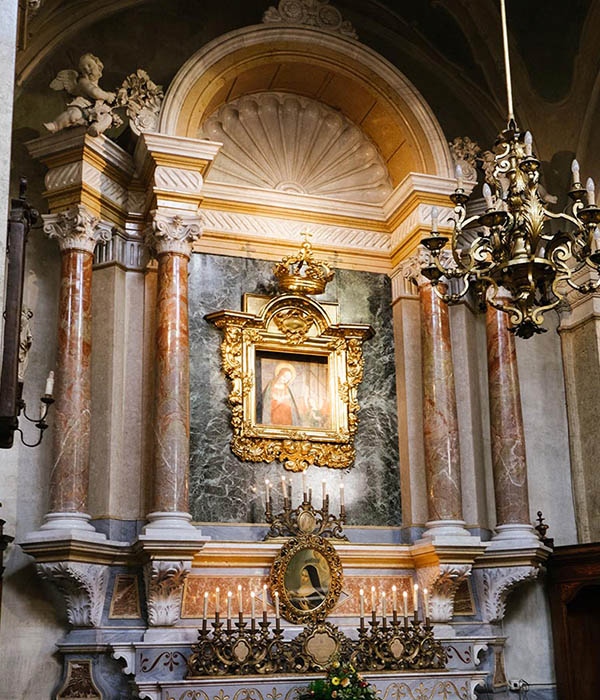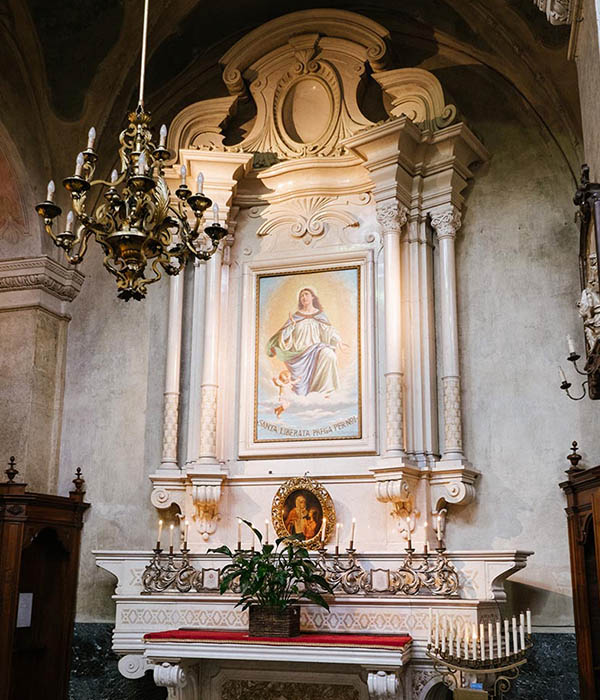Chiesa di Sant’Agostino Vescovo

Via Sant'Agostino angolo via Santa Chiara 9, Torino



The church of the parish community of Sant’Agostino was built on a pre-existing structure from before the XI century and dedicated to the Apostles James and Phillip). Already in 1415, the cadastre had placed it among the six parishes of the Porta Pusterla quarter, one of the city’s administrative districts, still enclosed in the narrow quadrangle of the Roman walls.
The shape of the present building dates back to 1548, the year in which the Agostiniani Calzati (Shoed Augustinian Friars), after wandering for a few years, took possession of the church and started building the monastery. This was possible thanks to the fact that in 1448 G. E. Broglia, rector of the church of Santi Giacomo e Filippo and the church of Sant’Agostino, assigned the building to them. Like other religious buildings of that time, the church was in an advanced state of decay.
The reconstruction works started in 1551, and the church took the name of Sant’Agostino, only preserving the testimony of its late medieval arrangement in the frame of the bell tower’s brickwork.
When in 1563 French occupation ended and Turin was raised to the rank of capital, the city started changing under the rule of Duke Emanuele Filiberto of Savoy.
Read more
In those same years, following the Council of Trent (which ended in 1563), religious Confraternities and Companies started proliferating, taking on a dynamic position as clients in the restoration and adaptation of many churches in Torino. Although primarily committed to military works, the ruler could not help dealing with the rigid dictates that came from Rome and gave impulse to the restoration and reconstruction works of religious buildings. The church was finished around the early 1580s, when the reins of the Duchy passed into the hands of the duke’s son, Carlo Emanuele I, who accelerated the city’s modernization process by personally promoting the construction of public works and the consolidation of the religious companies.
During the XVII, XVIII and XIX centuries the church was the theater of interior embellishment and restoration works, at times financed by private benefactors, whose names can be read in the epigraphs inside the church. Only in 1643 did the official consecration take place; shortly thereafter, the high altar was substituted, and remade by Carlo Ceppi in 1887. The church as a whole was substantially renovated during the first decade of the XX century.
The church has a structure with three naves, with narrow aisles surmounted by cross vaults.
Among the works of particular interest in the right aisle we find the painting of the Deposizione (Deposition), attributed to the School of Dürer (1530-1540), the Madonna del Popolo (Madonna of the People) by Felice Cervetti (1764), the Madonna della Cintola (Madonna of the Girdle) by Ignazio Perucca (prior to 1776), placed above a polychrome marble altar, ascribable to B. A. Vittone. In the Cappella della Madonna del Divin Parto (Chapel of the Madonna of the Divine Childbirth) in the left aisle, there is a fragment of a XVI century fresco that was found in 1716 in the chimney flue of a house, partly demolished to make way for the monastery. In honour of this image, exposed since 1717 in the church with a carved, wooden frame, a Company was created in order to bring help to women in labor: the Pia Società di Maria Santissima nell’Aspettazione del Divin Parto (Charitable Society of the Blessed Mary in the Expectation of the Divine Childbirth).
At the beginning of the left aisle, we find the XVII century baptismal font, restored and brought back to use. At the end of the left aisle is the Cappella di San Nicola da Tolentino (Chapel of St. Nicholas from Tolentino), friar of the order of Hermits of St. Augustine – a painting attributed to Martino Spanzotti -, next to the white Mausoleo di Cassiano dal Pozzo (Mausoleum of Cassiano dal Pozzo), a magistrate at the Court of Emanuele Filiberto, with his statue “gisant” (laying) over a tomb supported by two dragons.
Texts by the Guarino Guarini association
Photographs by Andrea Guermani for FCSP – © all rights reserved
















